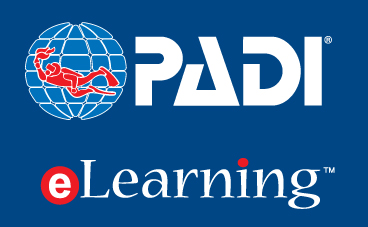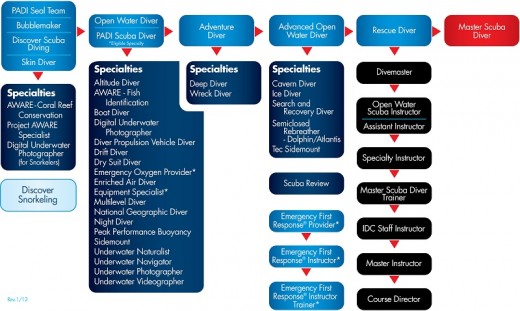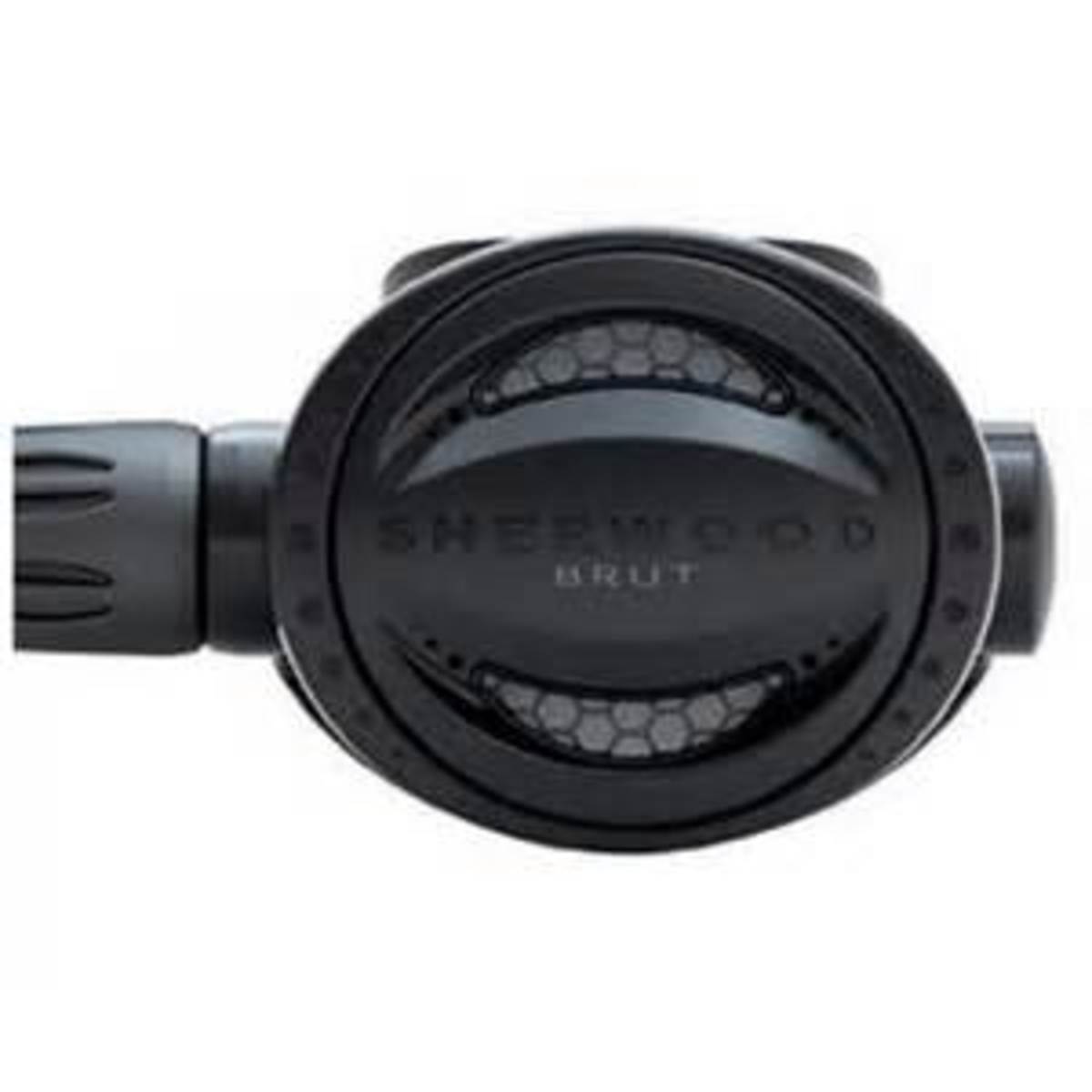How to scuba dive

I want to cut to the chase on this matter and get you the information you are looking for without any filler.
If you want to scuba dive, you need to first get certification. While that may not be entirely true in people's cases that just want to dive with a resort and divemasters, in which you get a temporary certification card that is only good on your one trip with that resorts divemasters, in order to dive all over the world with a buddy with no strings attached, you need certification. Certification also makes you a better diver as you have the opportunity to hone your skills and learn to dive with a qualified instructor over a period of many weeks (as was in my case), instead of a couple quick pool sessions at the resort so they can just throw you in the ocean and make their money.
Below is two of the scuba instructional agencies that I tell people about at the dive shop that want to learn to dive. PADI and SDI. They are both great organizations that teach scuba diving well.
PADI
PADI is the Coca-Cola of the scuba diving certification organizations. You can go anywhere in the world and show your PADI c-card and be receiving air fills and diving seconds or minutes later. Most, if not all, resorts and dive charters recognize PADI and many claim it is the absolute best scuba training in all of recreational diving.
Below is the PADI flowchart of courses and different opportunities you have with courses to take with PADI.

So as you can see, there is loads you can do with PADI. I myself, am PADI certified, diver #: 1110CX2876.
So basically, if you want to dive, you will sign up for the PADI OWD (Open Water Diver) course and go through all the bookwork either via online distribution or traditional paper book. Then once, you have the first 2 sections done (or the whole thing), you can start your pool work in confined water. Once you complete all of your skill sets (5 pool sessions), you will do 4 open water checkout dives either locally or on a vacation. If you choose to do your checkout dives on vacation, get your instructor to fill out a referral form. And that is about it! Congratulations on becoming a certified PADI Open Water Diver.
After that you have options to do Advanced OW courses including AOWD (advanced open water diver), ice diver, and rescue diver to name a few. There are just so many options.
SDI
SDI is the other end of the spectrum that I am covering here on this topic. SDI covers much of the same stuff that PADI does, but just does it in a different way. I, myself, am not SDI certified so I can't speak much for exactly how they do things, but I know that they do have a few different ways they teach to scuba dive and they are completely safe.
In order to fully understand the SDI way of things, you have to understand where SDI comes from. SDI was TDI's (technical diving international) response to the recreational sport diving world. Because of that, SDI uses some tec diving techniques and from what I've heard, they are more testy when it comes to gear prep and other things. However, that also makes them a very safe scuba training organization. Nothing wrong with that.
For the most part, to become a certified OWD, everything is just like PADI in the sense. SDI is a smidgen cheaper than PADI (Padi is $130 and SDI is $109 at the time of this writing) but both have their pro's and con's. You will sign up with SDI just like PADI and you have the choice between online learning or traditional bookwork. Then you will do your confined water training dives, then move onto your open water dives. Like PADI, if you choose to do your checkout dives on vacation, get your instructor to fill out a referral form. And that's it.
With SDI, you have the same choices as PADI with advanced courses, but they also offer a solo diver course, which PADI doesn't offer that I'm aware of. You also have the option to merge right into tec courses after you have some dives under your weightbelt (haha). Personally, if you are wanting to go tec diving in the future, SDI may be a great foot in the door. On the flipside to that, PADI is also starting to offer their tecrec program which is letting PADI divers start tec diving.
The choice really comes down to you of which training you sign up with.
Conclusion
So the gist of it is like this:
- Sign up with a training organization (PADI or SDI, or there are many others out there)
- Sign up for Open Water Diver
- Take either e-learning or traditional bookwork
- Do your confined water skill learning dives
- Do your Open Water checkout dives (local or vacation)
- Give a photo to your dive instructor
- Receive your c-card in the mail
- GO DIVE!!!
LINKS!
- PADI. The Way The World Learns to Dive
Padi e-learning open water diver course - SDI-Training Open Water Diver








